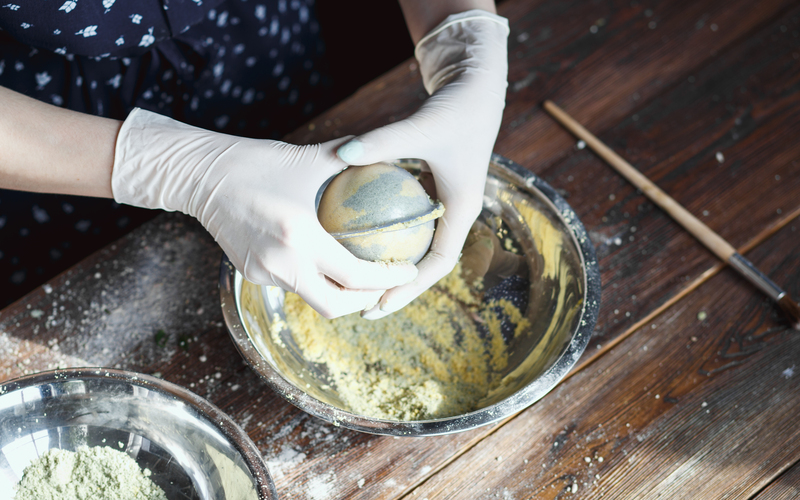Typical Sofa Durability
Posted on 02/11/2025
A sofa is often the centerpiece of your living room, offering both comfort and style. However, one of the most crucial aspects to consider when purchasing a new sofa is its durability. This article delves deep into typical sofa durability, exploring factors that influence it and offering tips for choosing a long-lasting piece of furniture.
Factors Influencing Sofa Durability
Several variables affect how long a sofa will last. Understanding these factors can help you make a more informed purchase.
Frame Material
The frame is the backbone of any sofa, and its material significantly impacts durability. Hardwood frames such as oak, maple, or ash are generally more robust and longer-lasting compared to softwood frames like pine. Metal frames are also durable but can be heavy and more difficult to move.

Cushioning and Fillings
The comfort and lifespan of a sofa are largely determined by the type of cushioning and fillings used. High-density foam offers better durability and comfort over time, although it can be more expensive. Polyfill and down feathers provide plush comfort but may lose their shape more quickly.
Upholstery Fabric
The fabric covering your sofa also plays a crucial role in its longevity. Natural fibers like cotton and linen are comfortable but may wear out faster than synthetic options such as polyester or microfiber. Leather is another excellent choice for durability but requires regular maintenance.
Construction and Craftsmanship
A well-constructed sofa can withstand the rigors of daily use. Look for elements like reinforced corners, glued and dowelled joints, and sturdy legs. Handcrafted sofas usually offer superior durability compared to those mass-produced.
Frequency of Use
How often you use the sofa will also affect its lifespan. A sofa used daily in a family room will wear out faster than one in a rarely-used guest room. Frequent use requires more durable construction and materials.
Pros and Cons of Different Sofa Materials
Leather
Pros:
- Highly durable
- Easy to clean
- Ages well with proper care
Cons:
- Expensive
- Requires regular maintenance
- Can get hot in summer, cold in winter
Fabric
Pros:
- More affordable
- Available in a wide range of colors and patterns
- Generally more comfortable than leather
Cons:
- Can stain easily
- May wear out faster
- Requires more maintenance
Microfiber
Pros:
- Highly durable
- Stain-resistant
- Soft and comfortable
Cons:
- Limited colors and styles
- Can attract pet hair and dust
Tips for Choosing a Durable Sofa
- Evaluate the Frame: Opt for hardwood or metal frames for long-lasting durability.
- Check Cushion Quality: High-density foam cushions provide better support and longer life.
- Inspect the Upholstery: Choose durable fabrics like microfiber or leather.
- Test for Sturdiness: Sit on the sofa to check for any wobbling or creaking.
- Consider the Use Case: Choose a sofa that fits the intended use frequency and environment.

Takeaways
- Hardwood frames offer superior durability.
- High-density foam cushions are long-lasting but may be more expensive.
- Synthetic fabrics generally offer better durability than natural ones.
- Construction quality and frequency of use significantly impact sofa longevity.
Conclusion
Investing in a durable sofa involves considering multiple factors, including the frame material, cushioning, and upholstery fabric. By understanding these variables, you can choose a sofa that combines comfort and durability, providing long-lasting value for your home. Remember to evaluate the frame, check cushion quality, inspect the upholstery, and test the sofa for sturdiness before making your purchase.




